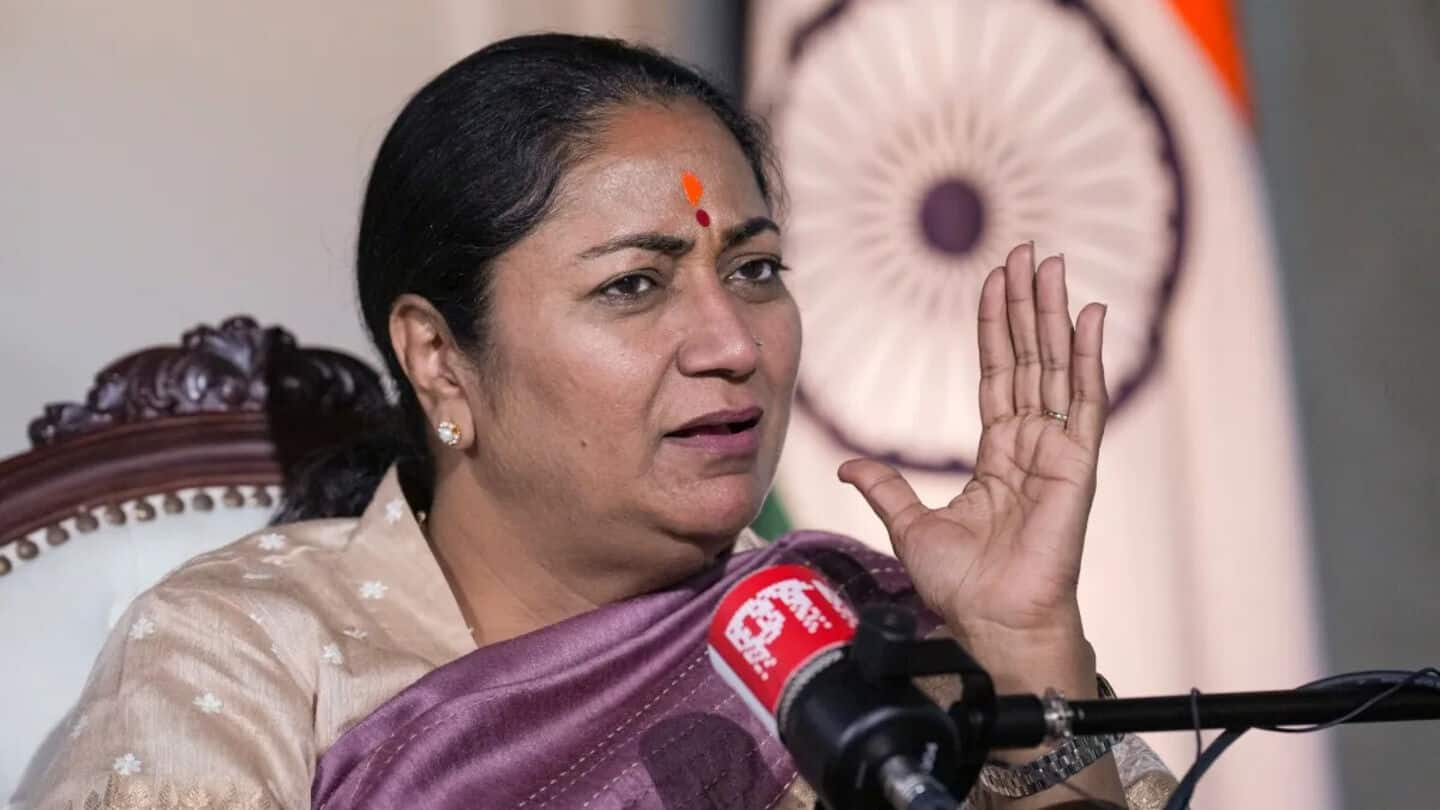
Who's Tahseen Syed, second accused in Rekha Gupta attack case
What's the story
The Delhi Police have arrested a second accused in the attack on Chief Minister Rekha Gupta. The accused, identified as Tahseen Syed, was taken into custody from Rajkot, Gujarat. He is said to have transferred money to the prime accused, Rajesh Khimji, who allegedly assaulted CM Gupta during a "Jan Sunwai" program at her Civil Lines camp office on August 20.
Accused connection
Accused in constant touch with Khimji
Syed, an auto driver and friend of Khimji, allegedly transferred ₹2,000 to him before the attack. He was in constant touch with Khimji and received a video of CM Gupta's Shalimar Bagh residence from him. The police are now probing if Syed had any direct involvement in planning the attack or if he was just an accomplice who provided financial support to Khimji.
Past offenses
Khimji has history of criminal cases
Khimji, also an autorickshaw driver, has a criminal record dating back to 2017. He was also once externed under Section 56 of the Bombay Police Act in 2021 for his involvement in illicit liquor smuggling. Apart from the two, the police are questioning over 10 people to establish a clearer picture of the events leading up to the attack on CM Gupta.
Investigation progress
Police retrieving dump data from CM's residences
The Delhi Police is also retrieving dump data from CM Gupta's residences to track Khimji's movements before and during the incident. This data includes mobile tower locations, device signals, and call records. The aim is to reconstruct the sequence of events leading up to the attack and determine if Khimji acted alone or had external support.
Evidence collection
Police verifying security logs, visitor entries
Khimji's mobile phone has been sent for a forensic examination to check if he deleted any important information before the attack. The police are also looking at CCTV footage around CM Gupta's residences and verifying security logs, visitor entries, and deployment records, just as interrogation inputs are being cross-checked with technical evidence.